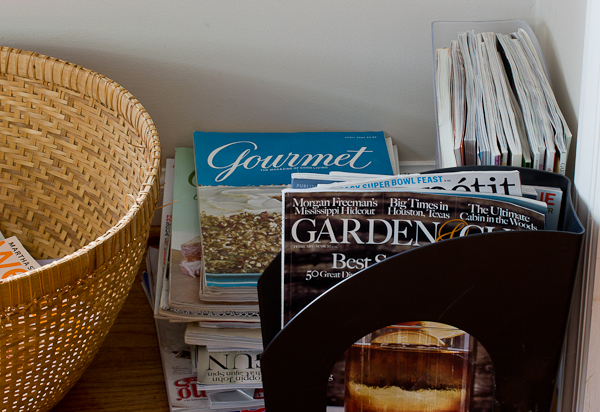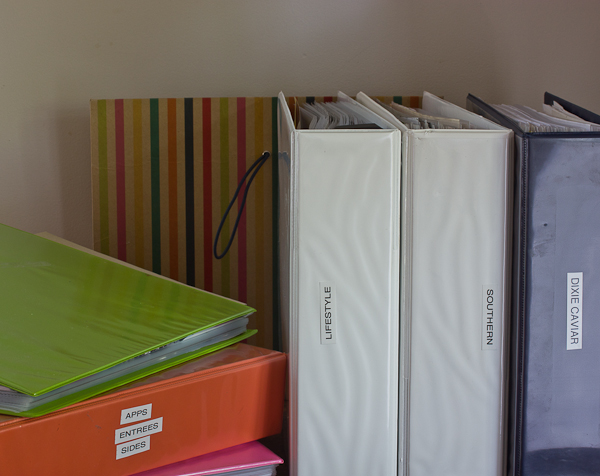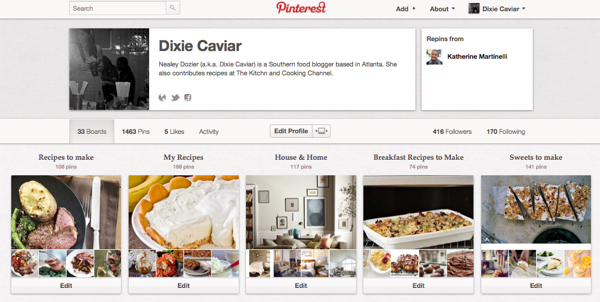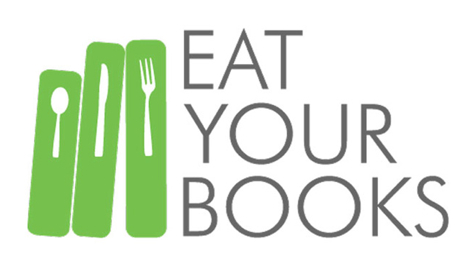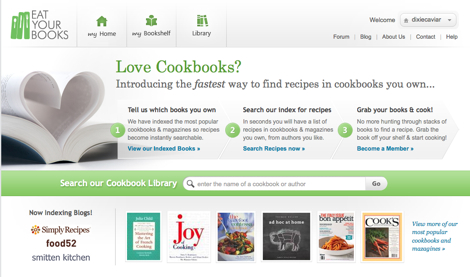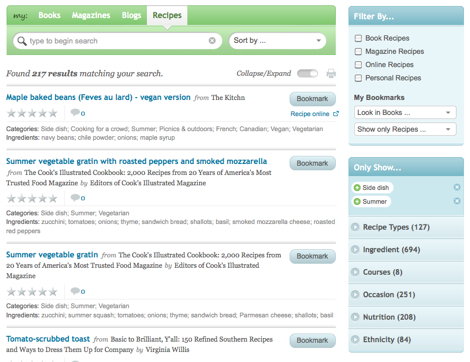This is the second post in a series about my personal methods of recipe organization. Check out the first post, Spotlight On: Eat Your Books, for more of my tips and tricks.

Hi, my name is Nealey and I am a hoarder. A magazine hoarder, that is. I can write that openly because I really, really hope it is a thing of the past.
It irks me to the core to get rid of a magazine. What if I lose some single, mind-altering tip or recipe that otherwise could have changed my life forever? Or what if the publishing industry dies out completely, leaving any crisp and unstained copies of, gasp, paper—à la Gourmet—as the foodie equivalent to a mint condition Babe Ruth baseball card. Okay, now I'm just talking crazy, but you get the picture: I like my magazines where I can see them.
But once I started cohabiting with a certain fellow named Walter, something (meaning me) had to give. Take, for instance, our cross-country move, when I tried to shove three bulging boxes of various food and lifestyle magazines into an already overpacked U-Haul. Despite shedding my best "tears of despair," only seven years of Martha Stewart Weddings and my treasured Domino collection made the cut.
Unfortunately moving to a new city, however far away, didn't release me from my freakish tendencies, and so the vicious cycle continued. As quickly as the forwarded subscriptions began to arrive did the new magazine piles begin to creep into every spare corner of our home. (To be perfectly honest, the stacks really just got banished to the bottomless pit otherwise known as the guestroom. It's where words, among other things, go to die.) For a few too many months, the only solution was to just shut the damn door.
Completely fed up with my mess—and possibly hopped up on too much caffeine—I finally said enough is enough and took back the reins to the paper monster. One hour became one Saturday, which in turn became one of many Saturdays. I ruthlessly tore out page after page deemed worthy of salvation and sent the rest straight to the curb. I took few prisoners and left no survivors. But that was only the beginning. Upon finding myself with hundreds (Thousands! Millions!) of magazine tear sheets, mainly piles of recipes, I needed a new plan of attack. Which brings me to my infamous 3-ring binders.
This next part started out innocently enough. Armed with a mega-pack of plastic sheet protectors, I began to organize all the recipes by course. In fact, I was so proud of my little organizational feat that I actually felt the need to keep the progress going (which never happens despite my good intentions). I was diligent about ripping tear sheets out while reading a magazine; the leftovers were immediately discarded. The trouble with my system, however, was that one 3-ring binder turned into two, and two turned into three, and then well, you get the picture.
It was fun to occasionally page through my "homemade" cookbooks, but I still wasn't utilizing the recipes like I should. You know, actually cooking from them. Which brings us to Pinterest, my light at the end of the (hoarding) tunnel. Of course everybody and their mother has discovered this visually-stimulating virtual time warp, so I'm not here to tell you what you already know. I just want to explain how I am using Pinterest to save me from myself. Because there is an actual point to this story, I swear.
In a serious attempt at procrastination one morning, a light bulb went off in my head: what if I upload all of my tear sheets to Pinterest, ridding me of a paper trail forever? I was already pinning interesting recipes I stumbled across online, so this couldn't be much different. I created boards labeled by coarse that paralleled the binder categories I already created. And then I got to work. It has been a labor of love, and I'm not finished yet, but every few days I try to carve out an hour or two to get through the piles.
I must say that since I started this undertaking I have been referring to my boards on a daily basis, which is a major improvement from how I was utilizing the 3-ring binders. To me, this makes the project totally worth the major time investment. And I love that my followers can see what recipes I think look interesting—because at the end of the day, why should I "hoard" them all? (Hee hee.)
Of course with Pinterest being such a new phenomenon, I am not ready to throw the tear sheets out completely. I have filed them (by category, of course) in an accordion folder tucked in a cabinet far from my view. The goal is to never have to refer to them again, but what can I say? I like the security of knowing they are there, just in case.
Please advise—This ‘Spotlight On’ featuring Pinterest is based entirely on my personal opinion. I did not receive any compensation for this post and am fairly certain they have no idea who I am.

